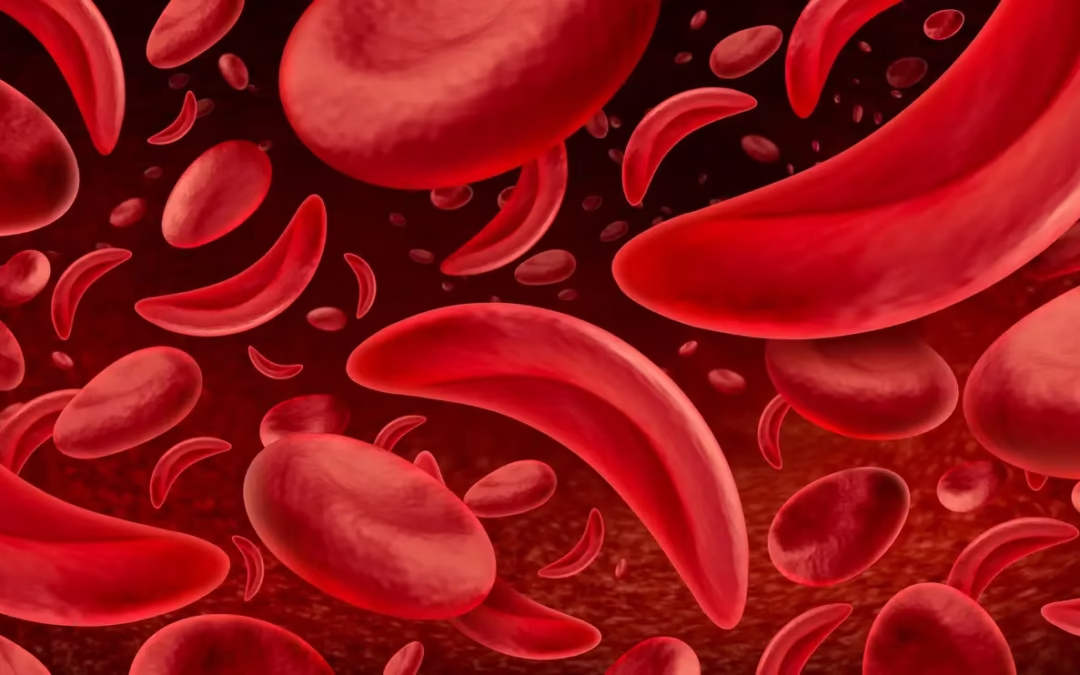Contents covered in this post
Why prepare for Canada
How Canada’s healthcare works (for non-residents)
Travel insurance: what it must cover
Recommended vaccines & yellow fever status
Common conditions in Canada
Frequent tourist issues (and how to prevent them)
Medicines & customs: what’s allowed and what needs a prescription
Travel pharmacy: essential checklist
When to seek medical care (warning signs)
References & recommended reading
Why prepare for Canada? 🍁❄️
Canada blends safety, breathtaking nature, and well-organized cities. Still, public healthcare does not cover tourists, winters can be harsh (dry cold, snow, ice), and a few simple steps can spare you stress and unexpected costs. Preparation buys peace of mind.
How Canada’s healthcare works (for non-residents) 🏥🇨🇦
Canada’s public system (provincial/territorial plans often nicknamed “Medicare”) is excellent—but for eligible residents only.
Visitors/tourists: pay out-of-pocket at private clinics, walk-in clinics, urgent care, and hospitals.
Emergencies: you will be treated, but billed afterward.
Wait times: triaged and generally organized; can be longer in busy seasons (e.g., winter).
Bottom line: always travel with comprehensive international medical insurance.
Travel insurance: what it must cover 💳🩹
Choose policies that include:
Emergency care and hospitalization (high coverage limits)
Outpatient visits and diagnostics
Medical evacuation and repatriation
Winter sports coverage if skiing/snowboarding
Pharmacy support and 24/7 assistance (tele-advice can speed decisions)
Pro tip: save the assistance phone number to your phone and keep a printed copy in your wallet.
Recommended vaccines & yellow fever status 💉
Keep routine immunizations up to date:
MMR (measles, mumps, rubella)
Tdap (diphtheria, tetanus, pertussis)
Hepatitis A and B
Influenza (strongly recommended in fall/winter)
COVID-19 (current schedule/boosters)
Yellow fever: Canada does not require a yellow fever certificate for direct arrivals from many countries. Requirements may apply if you transit through endemic areas. Check your exact itinerary in advance.
Common conditions in Canada 🩺📊
Similar to other high-income countries, with a predominance of chronic conditions:
Cardiovascular disease and cancers (e.g., lung, breast, colorectal)
Respiratory issues: asthma/COPD can flare in dry cold
Type 2 diabetes (lifestyle-related)
Mental health: reduced daylight in winter can affect mood/sleep (seasonal patterns)
Frequent tourist issues (and how to prevent them) 🌡️🧳
Colds/flu/sinusitis: get the flu shot, hydrate, protect lips and nasal passages (saline spray, humidifier).
Cold-related skin problems (chapping/fissures): barrier moisturizers for hands, face, lips.
Falls on ice: wear traction footwear; watch for black ice on sidewalks.
Traveler’s diarrhea: less common than in tropical destinations, but possible—hand hygiene, be mindful with street food.
Insect bites (summer/camping): use repellent; long sleeves at dusk.
Jet lag: shift sleep gradually; seek natural light exposure on day 1.
Medicines & customs: what’s allowed and what needs a prescription 💊✈️
Canada is strict about controlled substances, including:
Benzodiazepines (e.g., diazepam, clonazepam)
Stimulants (e.g., methylphenidate, amphetamine salts)
Opioids (e.g., oxycodone, morphine; tramadol is prescription-only)
If you must carry these, bring:
A doctor’s prescription and a letter in English stating your full name, diagnosis, generic drug names, dosages, and daily amounts.
Medications in original packaging, with your name, for personal use only (commonly up to a 90-day supply).
Keep medicines in carry-on luggage.
Over-the-counter (OTC) notes for international readers (generic ⇄ common brand names):
Acetaminophen (paracetamol) – pain/fever (e.g., Tylenol). Name differs by country.
Ibuprofen – pain/fever/inflammation (e.g., Advil, Motrin).
Oral antihistamines – allergies/itch: cetirizine, loratadine, fexofenadine (e.g., Reactine, Claritin, Allegra).
Diphenhydramine – sedating antihistamine (e.g., Benadryl).
Decongestants: pseudoephedrine may be kept behind the counter and require ID; rules can vary by province.
Cough suppressants: dextromethorphan (DM) products are common.
Antidiarrheal: loperamide (e.g., Imodium).
Topicals: 1% hydrocortisone cream for dermatitis; antiseptic solutions/ointments; lip balm with barrier (e.g., petrolatum/lanolin).
Saline nasal spray; oral rehydration salts (ORS).
When in doubt, ask a Canadian pharmacist; they can advise on local rules and suitable equivalents.
Travel pharmacy: essential checklist ✅🧳
Pain/fever reducer (acetaminophen/paracetamol or ibuprofen)
Oral antihistamine ± lubricating eye drops
Antiseptic, adhesive bandages, blister care
Barrier moisturizer and lip balm
Saline nasal spray
Loperamide + oral rehydration salts
Insect repellent (summer/camping)
Sunscreen (yes—even on snow, UV reflection is real)
Your regular prescription medicines + printed prescriptions/doctor’s letter (in English)
When to seek medical care (warning signs) 🚑
Persistent high fever, chest pain, significant shortness of breath
Falls with head injury, severe dizziness, fainting
Vomiting/diarrhea with dehydration signs (marked drowsiness, very dry mouth, dark urine)
Severe pain not relieved by OTC analgesics
Allergic reactions with lip/face swelling or breathing difficulty
References & recommended reading
World Health Organization (WHO) — International Travel and Health: https://www.who.int/
Government of Canada — Travel Advice & Advisories / Health: https://travel.gc.ca/
CDC — Travelers’ Health (Canada): https://wwwnc.cdc.gov/travel/
Health disclaimer: This content is informational and does not replace a medical consultation. Recommendations vary by medical history, age, pregnancy, allergies, itinerary, and season. For personalized guidance, consult your clinician before traveling.



